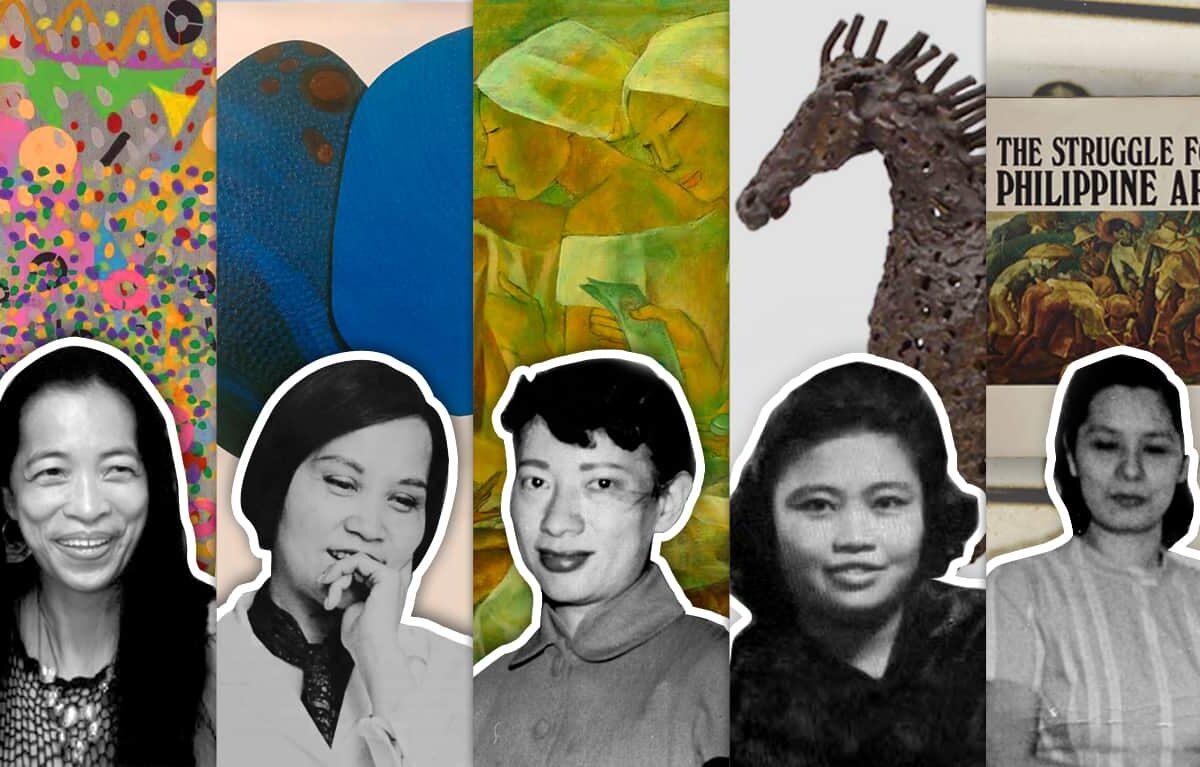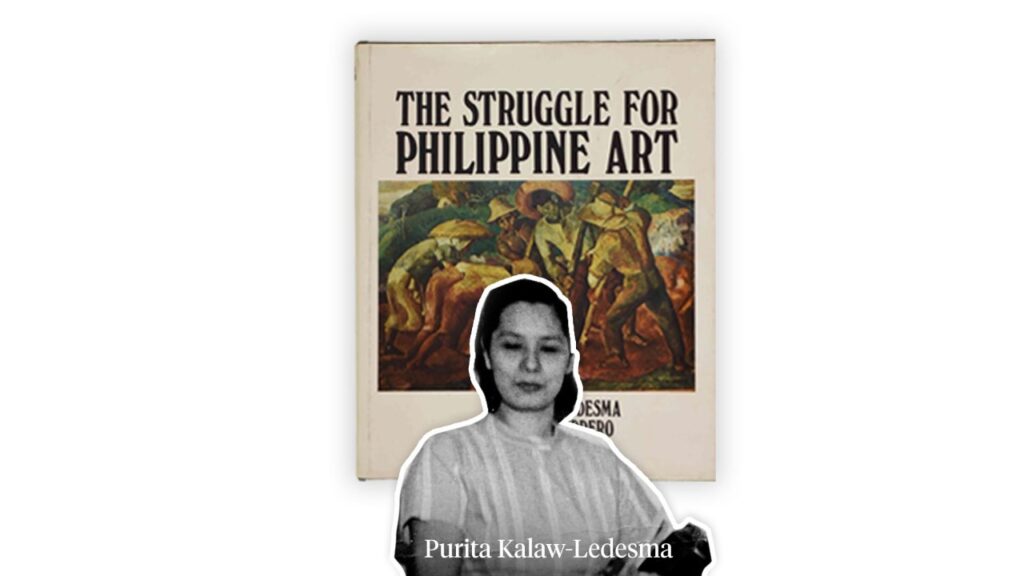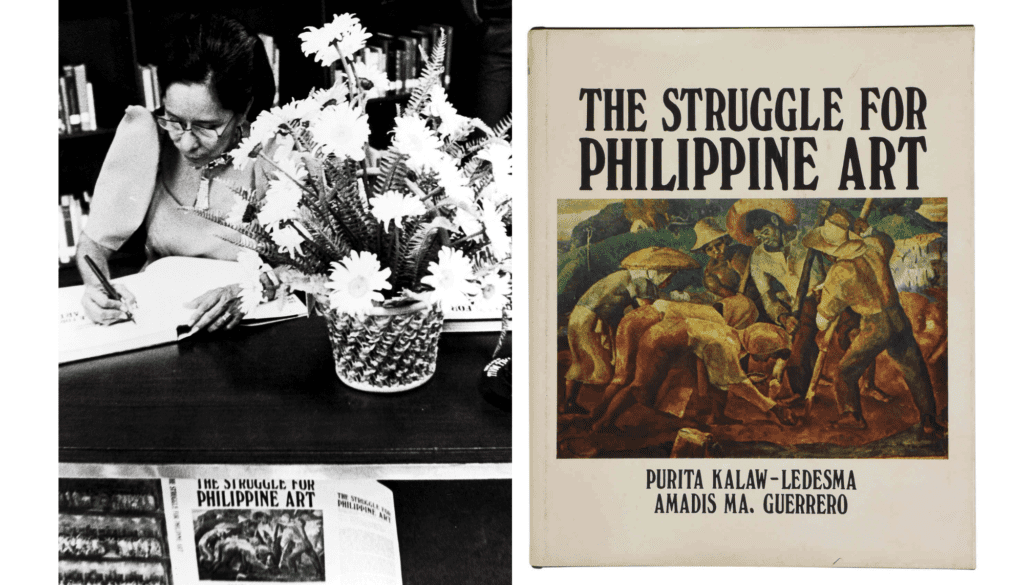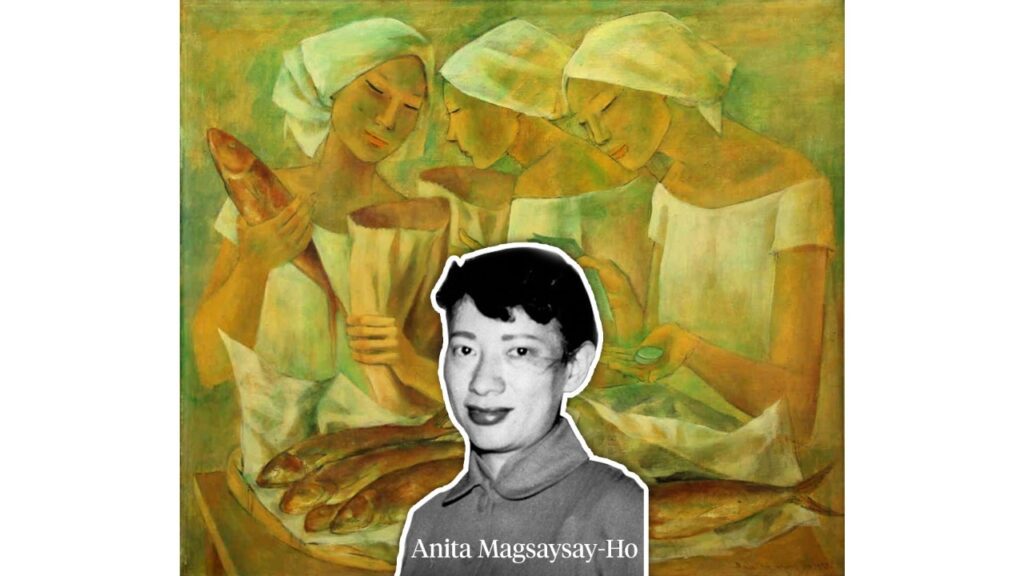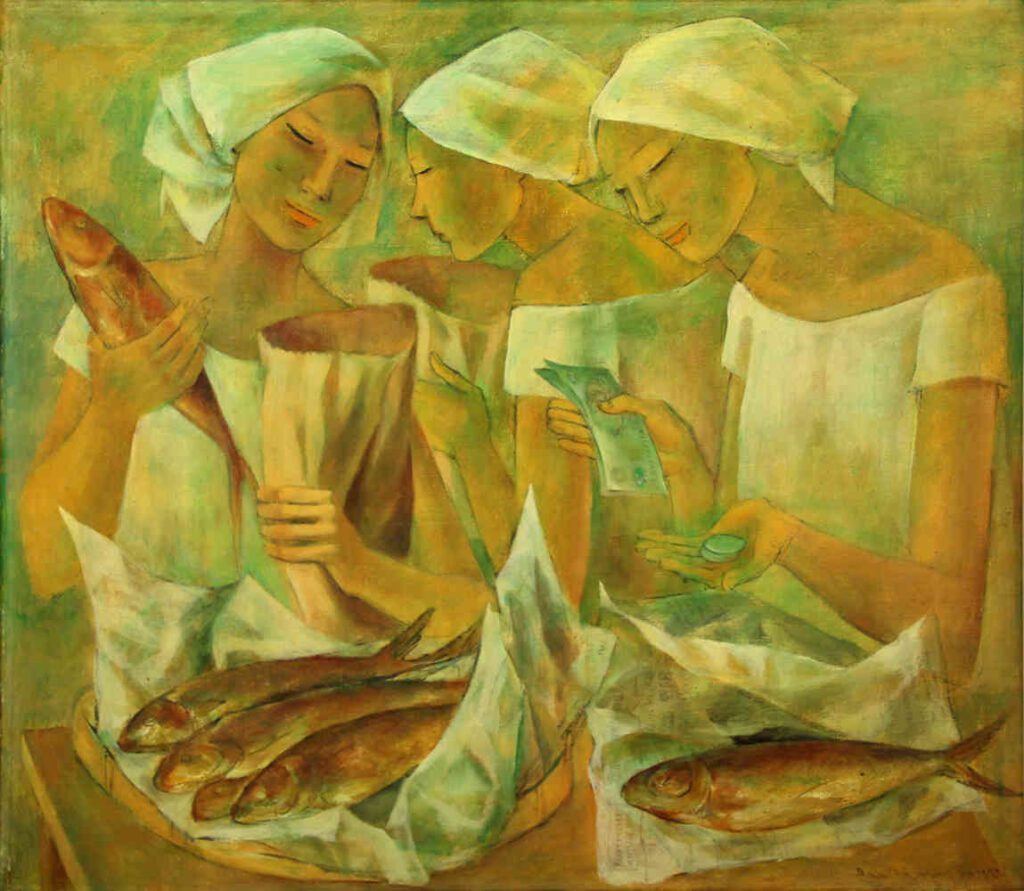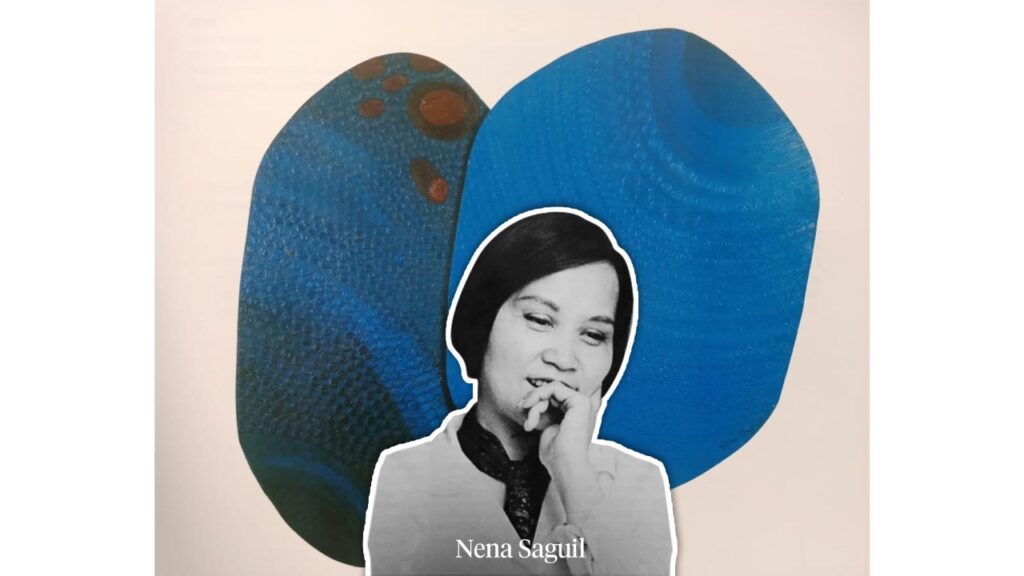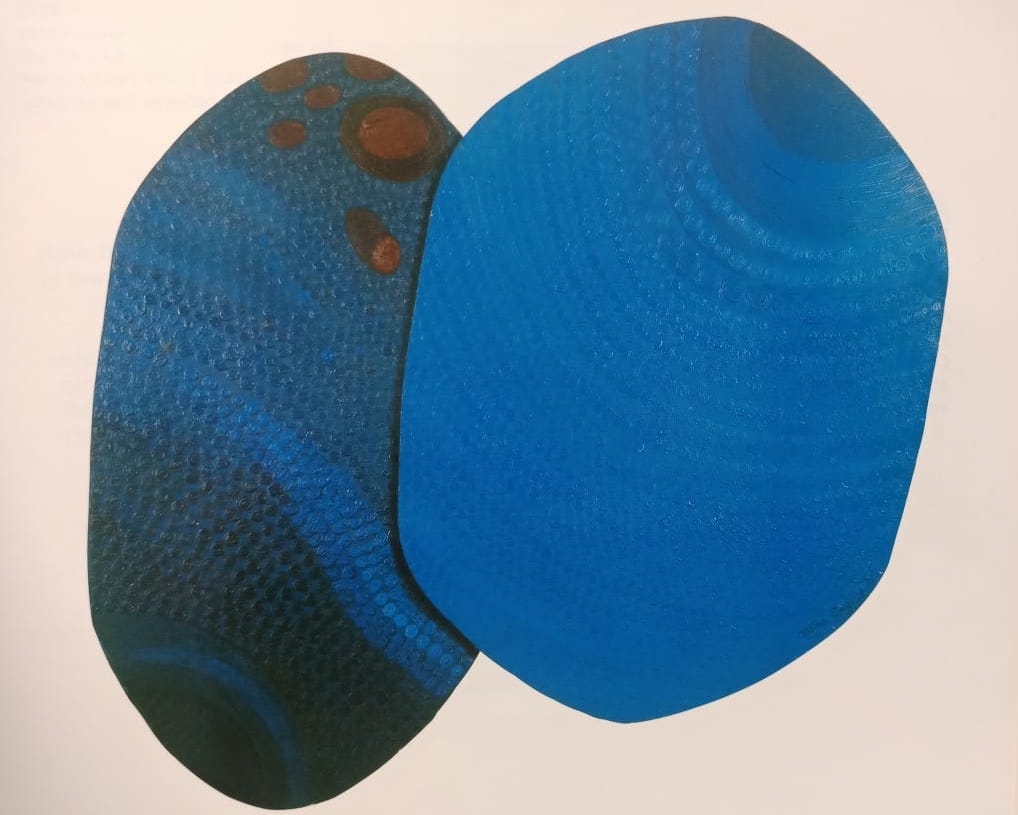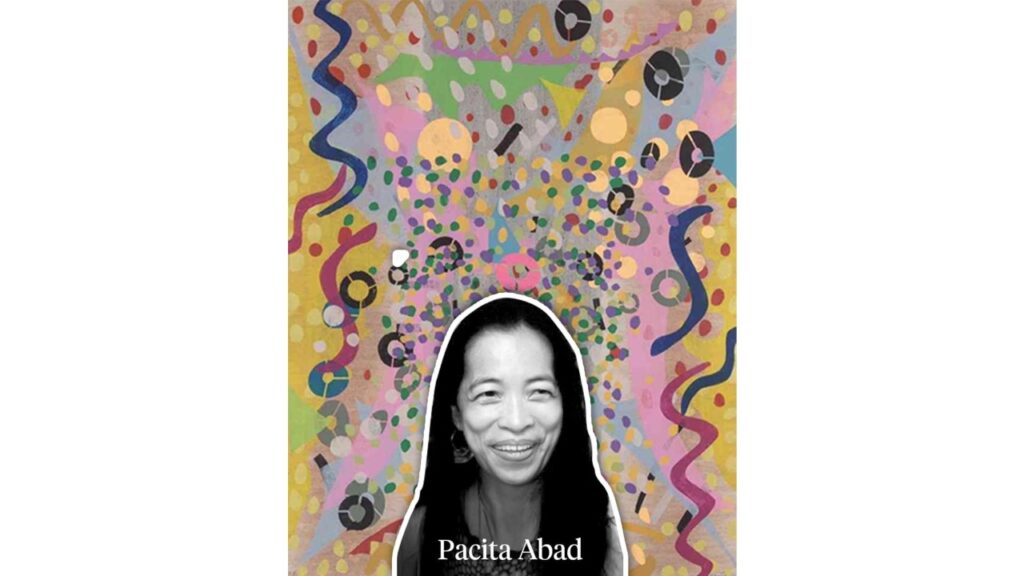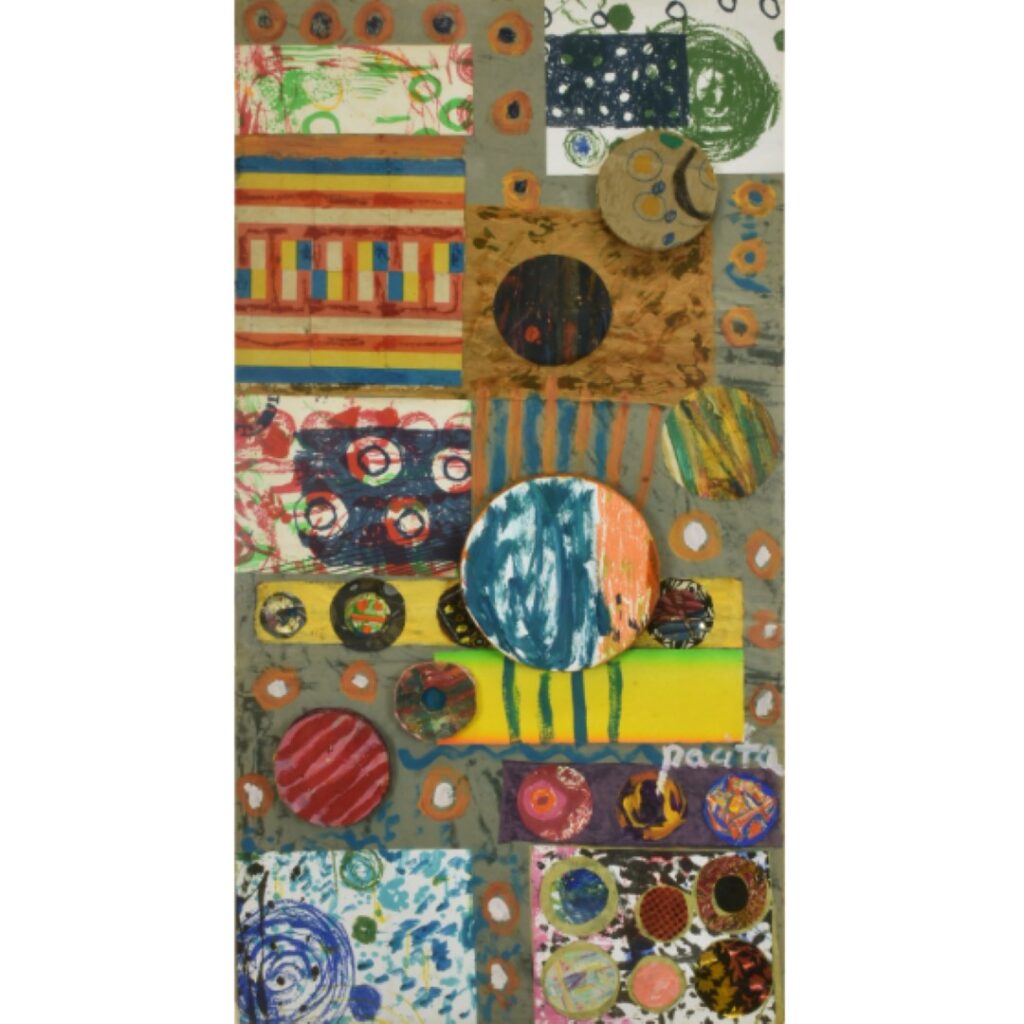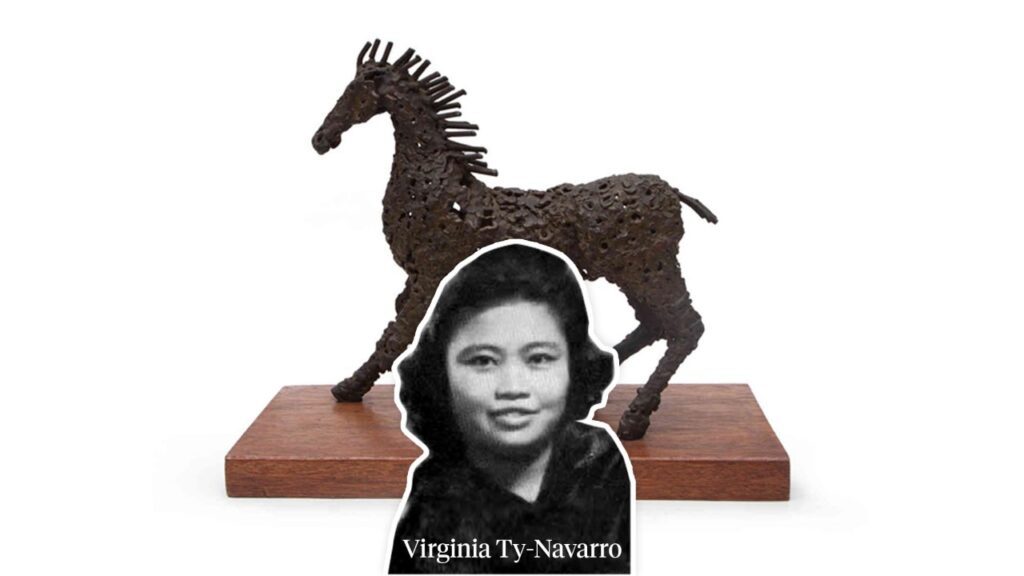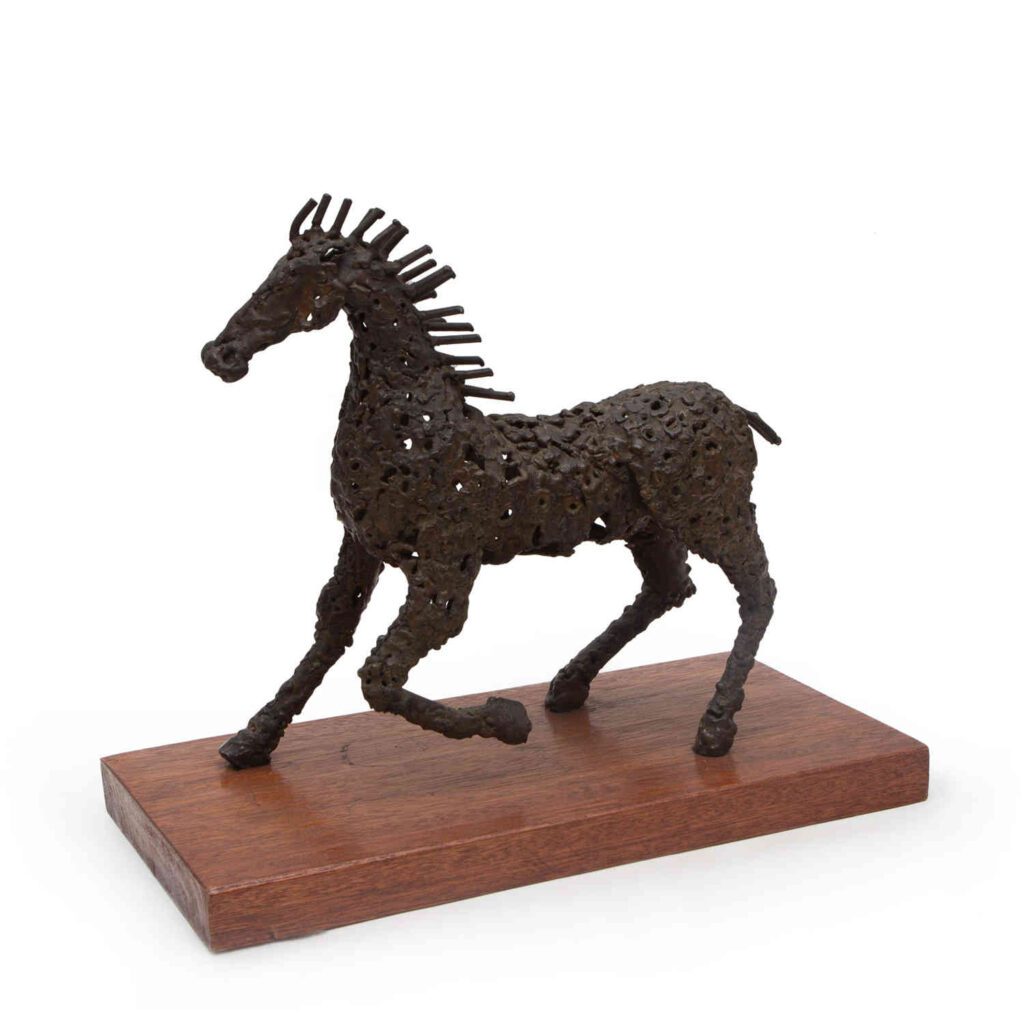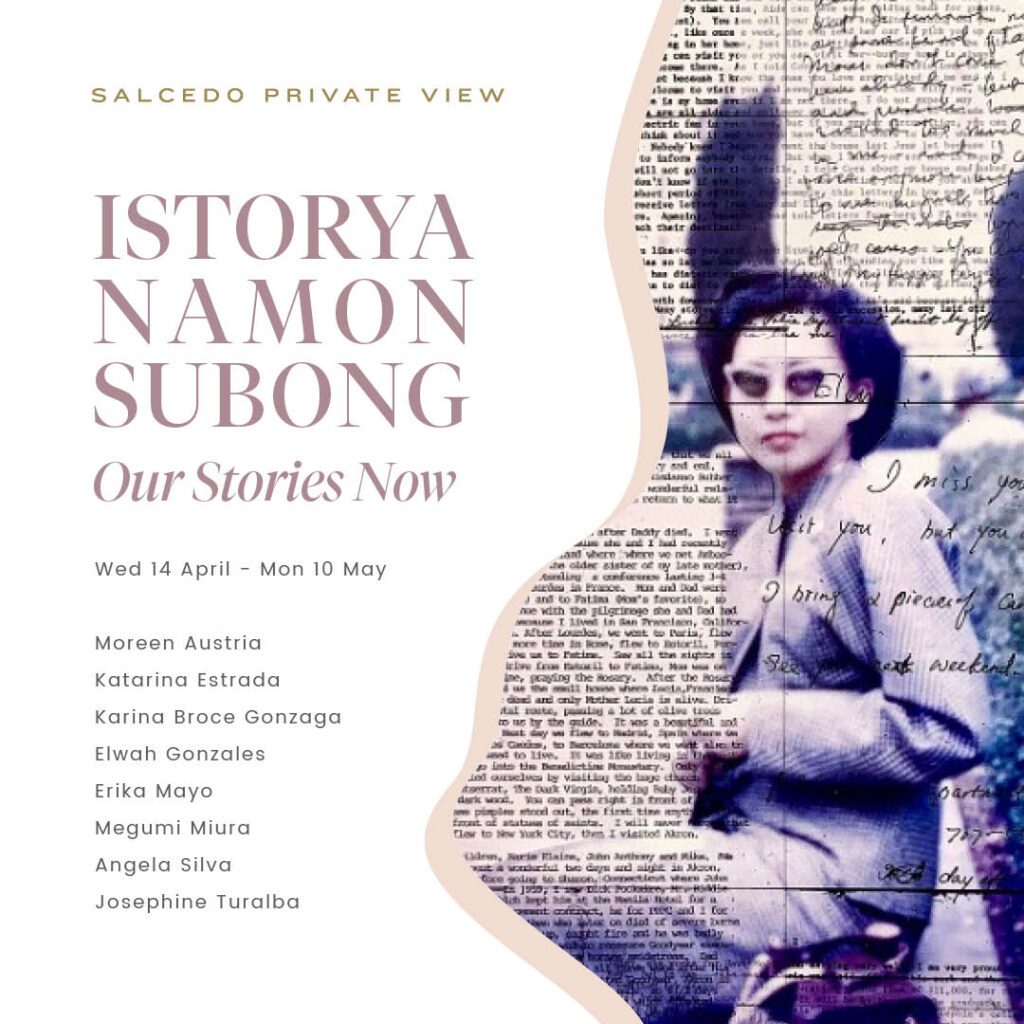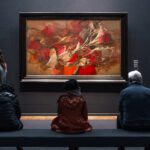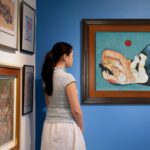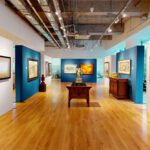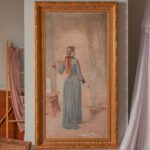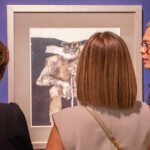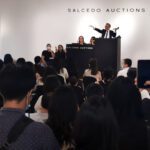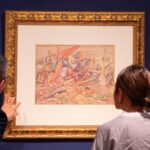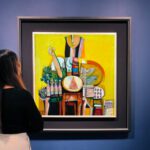It should come as no surprise that many of the movers and shakers of Philippine art history were women. After all, long before the Spaniards stepped foot on our shores, the important roles of society were originally assigned to women. In fact, if a woman held a position of great importance in their community— say that of a priestess or tribal leader— her husband would often take on her name and affix it to his own. This was how highly valued women were in pre-colonial times.
The women in the world of Philippine art are also game changers in their own right. In a profession dominated by men, they’ve accomplished brilliant feats that continue to pave the way for all artists, several generations after their lifetimes.
Here are 5 Women in Philippine Art History That You Should Know About
Purita Kalaw-Ledesma
Manila was a city left in ruins after World War 2. Only a handful of buildings survived the carnage— and even then, many of these former concrete fortresses were left pockmarked and riddled with bullet holes, in desperate need of costly repairs. Still, Purita Kalaw-Ledesma chose to set up shop within one of the surviving pre-war buildings. The space she chose, with its white walls and cramped rooms, would eventually become the Art Association of the Philippines— Kilometer 0 for the budding modernist art movement at the time.
It was Purita Kalaw- Ledesma who stood as modern art’s staunchest defender at a time when the traditional style of painting was the norm. Her magnum opus, ‘The Struggle for Philippine Modern Art,’ (a collectible in itself!) details the set-backs, critiques, and ultimately, the triumph of modern art in the country.
All throughout her life, she encouraged artists— the likes of National Artists Napoleon Abueva, Vicente Manansala, Ang Kiukok, and many, many more, to continuously go against the norm in the pursuit of a thriving landscape for modern art.
Anita Magsaysay-Ho
Filipina women were the subject Anita Magsaysay-Ho painted the most. Throughout her body of work, she would encapsulate the spirit of the Filipina—as a doting mother, a friend engrossed in the latest gossip, or a market-goer haggling for goods with other women.
Magsaysay-Ho sought to tell the story of the Filipina, both at work and at play. It was the subject she felt a profound kinship with, despite the fact that much of her adult life was spent living in various countries.
There is a grace— a rather quiet, almost innocent— joy that overcomes the viewer as he or she takes in a work by Anita Magsaysay-Ho. Though her nature is often described as timid and reserved, she was a woman who held her own in the competitive world of Philippine art. In fact, she was the only woman in the well-renowned group of artists now referred to as the Thirteen Moderns, which included members such as National Artists Victorio Edades, Hernando R. Ocampo, and Cesar Legaspi.
Nena Saguil
Abstract artist Nena Saguil actually trained in academic tradition. At the time, this meant mastering classical techniques in order to perfectly recreate masterpieces. In doing so, many felt that a big part of the artist’s creativity was stripped in the process.
One could venture to guess that it was this rigidity that drove Saguil towards her explorations of form and space in modernism. After graduation, she dabbled in surrealism— a far cry from the picturesque landscapes she learned to paint while at university.
Later on, Saguil settled in Paris, where she developed her signature style of painting. She is most well-known for her canvases speckled with spherical objects that some art critics describe using the words “cosmos” or “microorganisms,” hinting at the ethereal interior worlds— “mindscapes,” that she painted while living in the City of Light.
Pacita Abad
Pacita Abad was a force to be reckoned with— her art paralleled her eccentric personality; it was loud, vibrant, and layered with narratives of life, culture, politics, and society.
Abad had the soul of a nomadic free-spirit; and it shows in her body of work. Using the Italian “trapunto” technique, which involved layering and stitching textiles together, she retold such complex stories— tales of her travels and of the people she met along the way, through these layered visual narratives.
In 1984, she was awarded the Ten Most Outstanding Young Men (TOYM) award, a recognition traditionally only given to men. Unsurprisingly, her winning a TOYM sparked outrage. In response, Abad took the opportunity to shed light on the fantastic Filipinas of the nation, making mention of her own mother in the process. “It was long overdue that Filipina women are recognized, as the Philippines is full of outstanding women,” she said in her TOYM acceptance speech.
Virginia Ty-Navarro
During her university days, she honed her craft and deepened her affinity towards modernism under the tutelage of National Artists Carlos “Botong” Francisco and Victorio Edades, not to mention the creative influence of her former husband National Artist J. Elizalde Navarro, so it came as no surprise that she embarked on a career that hewed to their exemplar.
Want to see more works by Filipina artists? From Wednesday, 14 April 2021 up to Saturday, 8 May 2021, Salcedo Private View will hold an exhibition of works by eight Negrense artists. The all-women group show titled ‘Istorya Namon Subong: Our Stories Now,’ reveals fragments of the artists’ psyche as they each grappled with hope and loss during the onset of the pandemic. From stories of childhood, Visayan deities, politics, and even bartering in online communities, the show highlights the experiences of women in varying stages of their lives, connecting voices and stories from the South with those in Manila.
‘Istorya Namon Subong: Our Stories Now’ forms part of the exhibition and public programme of Salcedo Private View as part of Art Fair Philippines 2021.
Do you have artworks or collectable memorabilia by these or other pillars of Philippine art history? Consign with Salcedo Auctions for our upcoming ‘Finer Pursuits: Philippine Art & Rare Collectibles’ auction on Saturday, 26 June 2021 by clicking here.
